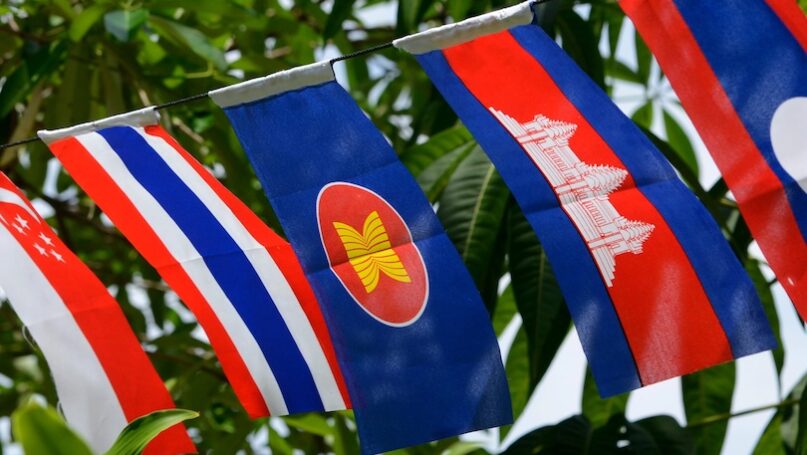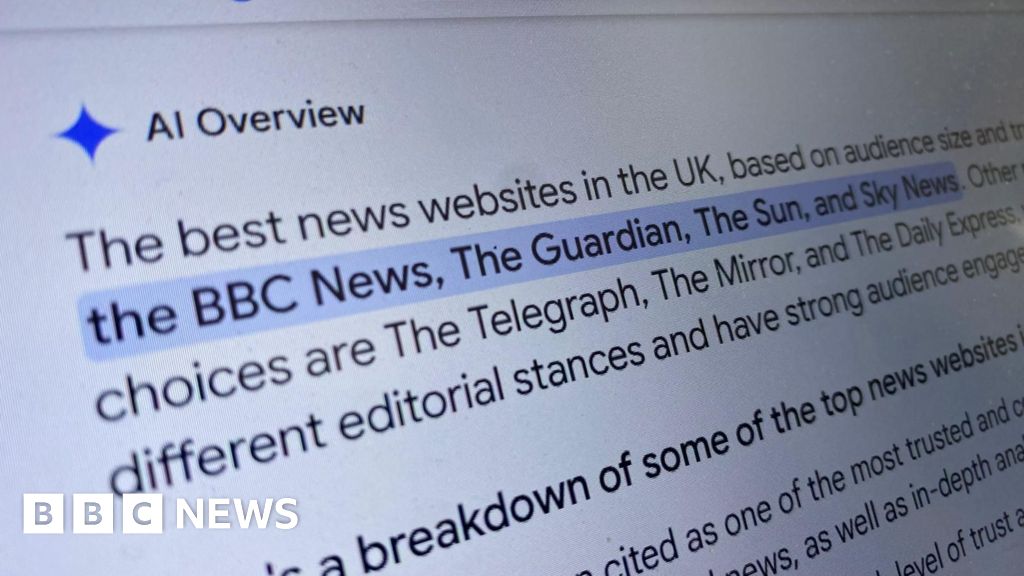
urf/Depositphotos
In late May 2025, an armed skirmish broke out between Thai and Cambodian forces near the long-disputed Chong Bok highlands, adjacent to the symbolic Preah Vihear temple area. Though localized in geographic scope, the confrontation quickly escalated into a broader political crisis with regional implications. It reignited unresolved tensions over colonial-era borders, but more importantly, it revealed deep fractures in Southeast Asia’s regional architecture. It is a moment that demands reflection, not only on bilateral diplomacy between Bangkok and Phnom Penh, but also on the growing limitations of ASEAN as a regional body for conflict management.
For decades, ASEAN has defined itself through its non-interference principle, operating as a community built on consensus, restraint, and quiet diplomacy. This model has often been celebrated for preserving stability in a diverse region marked by historical tensions. But today, that same model appears increasingly inadequate. When two member states engage in military escalation and diplomatic retaliation, ASEAN’s inability to even initiate dialogue, let alone mediate, raises fundamental questions about its relevance. What happens to a regional organisation that is unwilling, or unable, to act when its members clash?
The stakes are high, not only for Thailand and Cambodia but for ASEAN itself. In Bangkok, the incident quickly became entangled in domestic power struggles. Prime Minister Paetongtarn Shinawatra, already facing pressure from conservative and military-backed institutions, became the target of a nationalist backlash following the leak of a private phone call with Cambodia’s former prime minister, Hun Sen. The conversation, deemed too casual and conciliatory, was used as political ammunition by her opponents. The result, coalition breakdown, orchestrated protests, and her suspension by the Constitutional Court, all in a week.
In Cambodia, the response was equally political. Prime Minister Hun Manet, newly installed as his father’s successor, seized the moment to assert his authority. He mobilised troops, imposed trade restrictions, and threatened to escalate the matter to the International Court of Justice. Far from being an isolated military incident, the clash served as a domestic performance of sovereignty and decisiveness on both sides. The border, in effect, became a symbolic theatre for projecting power, not a line to be quietly managed.
What is most striking in all this is ASEAN’s silence. Despite the gravity of the confrontation, the organisation has offered no substantial response beyond generic calls for restraint. There has been no high-level intervention, no emergency consultation, and no mediation. This vacuum is not an accident; it reflects the structural paralysis of ASEAN’s security architecture. The principles that once enabled unity now serve to prevent action. When consensus becomes a precondition for even discussing conflict, the result is inertia. The broader geopolitical context only magnifies the risks. Cambodia’s deepening ties with China, particularly in infrastructure and defence cooperation, have long been seen as a vector of external influence within ASEAN.
If Phnom Penh now turns to Beijing for diplomatic cover, while Thailand seeks greater support from Washington amid domestic turbulence, the border dispute could become a strategic fault line in a region already pulled by rival great powers. ASEAN’s lack of action will only worsen this drift. The Thailand–Cambodia crisis also highlights the growing disconnect between elite-level geopolitics and the daily realities of Southeast Asian citizens. Border closures and trade restrictions have already affected rural communities that rely on informal cross-border trade and seasonal movement.
For many, the state seems less like a protector of national security and more like an obstacle to survival. This humanitarian toll is rarely recognized in high-level diplomatic discussions, but it remains highly political. Some might argue that ASEAN was never meant to handle this kind of crisis; that it is a political community rather than a security alliance. But that reasoning no longer applies. If ASEAN wants to stay relevant amid increasing militarization, strategic competition, and nationalist backlash, it must adapt. This includes developing mechanisms for preventive diplomacy, empowering its Secretary-General and relevant envoys, and accepting that not all actions can or should wait for full consensus.
The border clash between Thailand and Cambodia is about more than just bilateral issues; it is a test of Southeast Asia’s regional order. It shows how sovereignty is still used for domestic political gain, how regional institutions fall short in responding to urgent threats, and how power projection increasingly takes precedence over diplomacy within ASEAN. It also reveals that ASEAN’s survival depends less on reaffirming its core principles and more on its willingness to reinterpret them in light of current challenges.
Ultimately, this crisis exposes that ASEAN’s greatest weakness isn’t outside interference but internal hesitation. If the organization cannot act when its own members threaten regional peace, it risks becoming irrelevant, not because of outside forces, but because of its own structure. ASEAN does not need to abandon its core values but must learn how to put them into practice. Otherwise, the next border clash won’t just be a crisis; it will become routine.
Further Reading on E-International Relations
About The Author(s)
Aniello Iannone is a lecturer in Southeast Asian politics at Universitas Diponegoro, Indonesia. His research focuses on regionalism, democratic backsliding, and the political economy of Southeast Asia.
Before you download your free e-book, please consider donating to support open access publishing.
E-IR is an independent non-profit publisher run by an all volunteer team. Your donations allow us to invest in new open access titles and pay our bandwidth bills to ensure we keep our existing titles free to view. Any amount, in any currency, is appreciated. Many thanks!
Donations are voluntary and not required to download the e-book - your link to download is below.

 Movie
Movie 2 months ago
105
2 months ago
105 





![Presidents Day Weekend Car Sales [2021 Edition] Presidents Day Weekend Car Sales [2021 Edition]](https://www.findthebestcarprice.com/wp-content/uploads/Presidents-Day-Weekend-car-sales.jpg)



 English (United States)
English (United States)